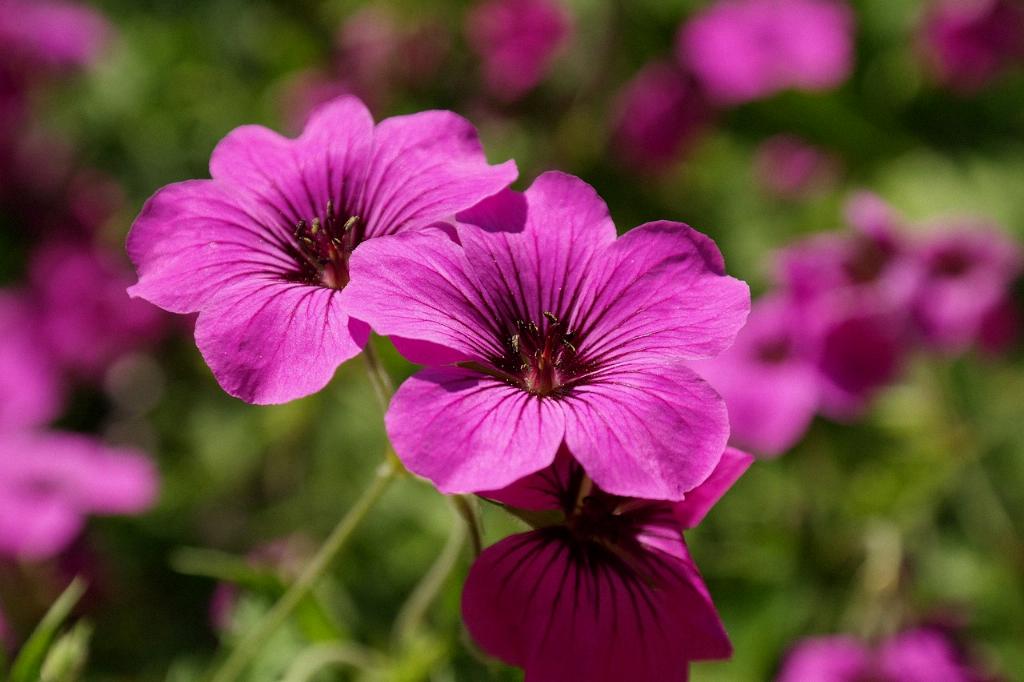Geraniums are popular flowering plants known for their vibrant colors and unique shapes. They are commonly grown in gardens, hanging baskets, and containers due to their beauty and versatility. Geraniums are perennials, meaning they can thrive year after year with proper care.
Importance of Knowing What Animals Eat Geraniums
Understanding which animals may be attracted to geraniums is crucial for gardeners and plant enthusiasts. Protecting these beloved plants from potential pests can help ensure their health and longevity.
Animals That Eat Geraniums
When it comes to animals that consume geraniums, there are several categories to consider:
Insects that Feed on Geraniums
Certain insects, such as caterpillars, aphids, and beetles, are known to feed on geranium leaves and flowers. These pests can damage the plant and affect its overall health.
Mammals that Consume Geraniums
Herbivorous mammals like deer and rabbits are attracted to the lush foliage of geraniums. These animals may find geraniums to be a tasty source of nourishment and can cause significant damage to the plants.
Birds that Feast on Geraniums
While not as common as insects and mammals, some birds may also consume geranium flowers or seeds. Protecting geraniums from bird damage can be important in certain environments.
Ways to Protect Geraniums from Animals
There are several strategies gardeners can employ to safeguard geraniums from animal consumption:
Natural Repellents
Using natural repellents like garlic spray, cayenne pepper, or predator urine can deter animals from feasting on geraniums without harming the plants.
Physical Barriers
Installing physical barriers such as fences, netting, or cages can help keep larger animals like deer away from geraniums and prevent them from causing damage.
Companion Planting Strategies
Planting companion flowers or herbs that repel pests near geraniums can create a protective barrier and discourage animals from snacking on these beloved plants.

Conclusion
In conclusion, being aware of the animals that eat geraniums and taking proactive measures to protect these plants can help preserve their beauty and ensure their well-being. By implementing natural repellents, physical barriers, and companion planting strategies, gardeners can enjoy flourishing geraniums free from animal damage.
Protecting geraniums from animal consumption is essential for maintaining a healthy garden ecosystem and promoting the longevity of these beloved flowering plants. With the right knowledge and strategies in place, gardeners can enjoy beautiful geraniums without worrying about hungry pests.
